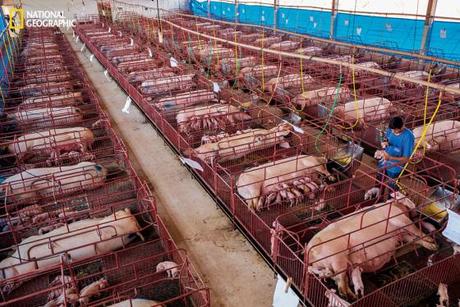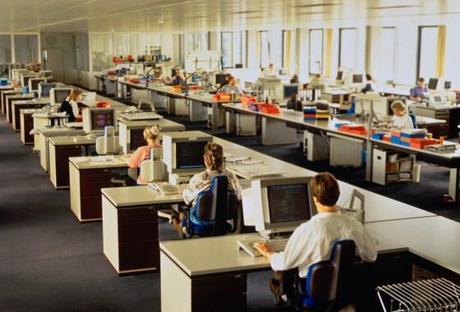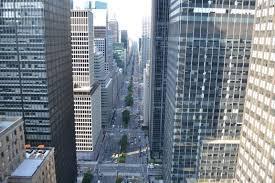The success of industrial food production has been obtained by applying principles of scientific management, a theory of management that analyzes and synthesizes workflows. Its main objective is improving economic efficiency, especially labor productivity. It was one of the earliest attempts to apply science to management,and when applied to food production it has resulted in intensive animal farming.

Intensive animal farming or industrial livestock production, also called factory farming by opponents, is a modern form of intensive farming that refers to the keeping of livestock, such as cattle, poultry (including in “Battery cages”) and fish at higher stocking densities than is usually the case with other forms of animal agriculture — a practice typical in industrial farming by agribusinesses.
There are issues regarding whether factory farming is sustainable and ethical. From 2011 to 2014 each year between 15,000 and 30,000 people gathered under the theme We are fed up! in Berlin to protest against industrial livestock production.

It is ironical to note that with the successes in the food industry at every turn, companies applied the successful principles of intensive animal farming (read: factory farming) for the management of their offices. Office management is the/an administrative handling, controlling, and maintaining a balanced process of work inside the office of an organization Topics in office management are Budget development and implementation, Purchasing, Book Keeping, Human resources, Accounting, Printing, Records management, Forms management, Payroll, Facilities management and Space management.

If we nowadays look at large companies we could say that it is basically Intensive Human farming*. As are schools, hospitals and homes for the elderly.
The positive side is that already all steps have been taken to fully automate office management. But, what will we do when large sections of the population are unemployable through no fault of their own? What to do in the future where for most jobs “humans do not need to apply”? That is, only qualified robots are welcome. . . and needed. . .
*This metaphor was first launched by Jaap Peters and Judith Pouw in their book: De Intensieve Menshouderij
